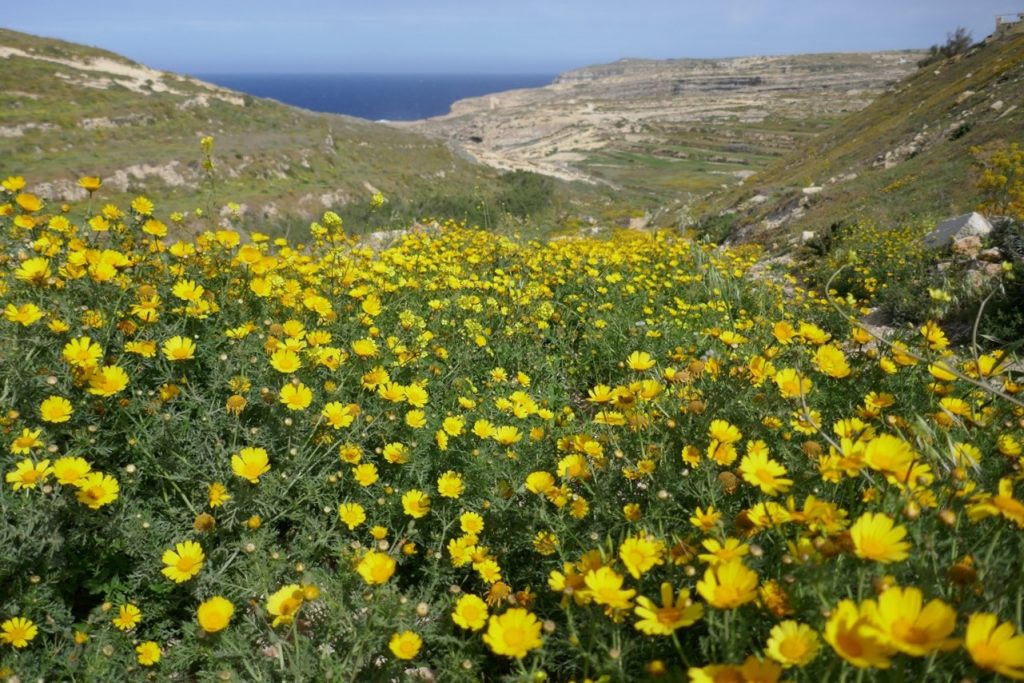
On 1 April 2024 on a sunbaked hillside east of Qala village in Gozo, I enjoyed Swallowtails, Red Admirals, Painted Ladies, Clouded Yellows, Long-tailed Blues and Wall Browns. The temperature exceeded 31 Celsius that afternoon, the highest ever recorded in Malta during April. The airborne Swallowtail is eye-catching, blending silk with steel as it manoeuvres intense hilltop gusts. On ethereal high ground, this elusive butterfly evanesces beyond and within view, the ubiquitous cream Coraline limestone absorbing it only for it to condense to a just perceptible presence on a buff senescent sprig, typically African Carline Thistle, a relic of last summer’s moisture-starved ground. The Swallowtail’s command of the air in these windswept hills is soul-gripping, its beauty refreshing in the harshness of heat and naked rock.
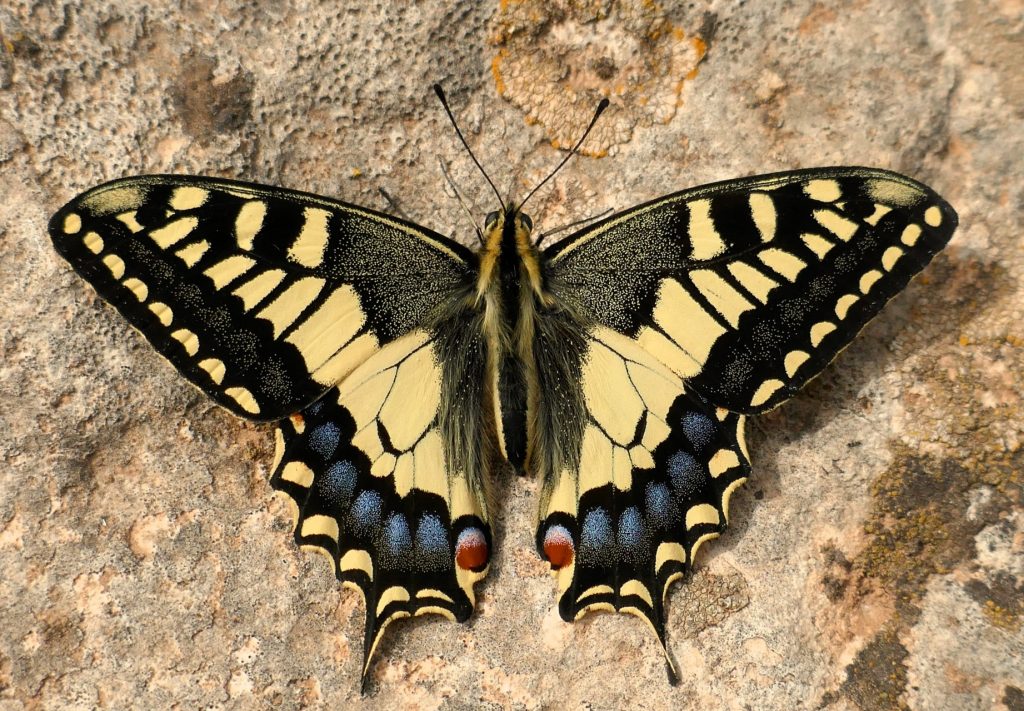
Malta in spring sees no shivering in the rain and dank wind or peering at a murky sky for a hint of direct sunlight, a staple for early spring butterflies in Ireland. Ireland’s butterflies did not get much encouragement from the March and early April weather. Wet spring weather inhibits butterflies. March was wet so its above-average temperatures were unavailing. April 2024 shows no signs of being suitable but three weeks lie ahead.
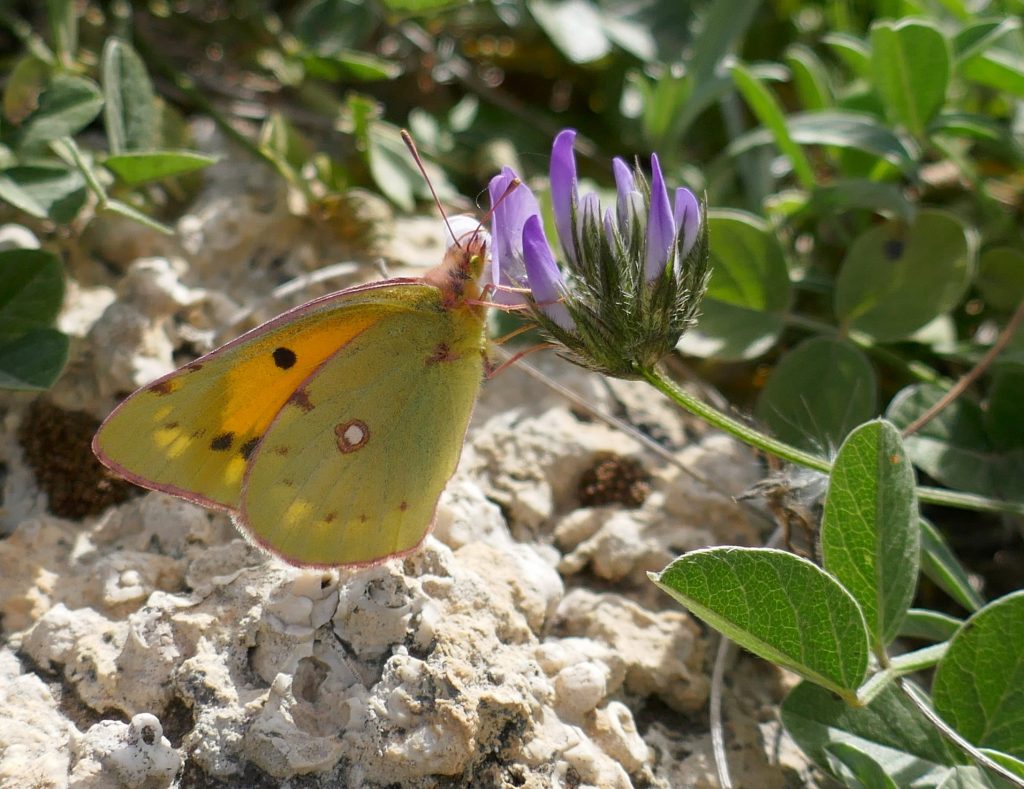
I noted some positives this year. In his impressive book on British and Irish butterflies, Peter Eeles states that the Speckled Wood caterpillar can overwinter only in the third instar (instars are inter-moult stages in the caterpillar) with other instars dying with the onset of extreme cold. However, the fourth instar caterpillars I reared outdoors in County Meath survived the prolonged low temperatures during January 2024. Our Speckled Woods are tailor-made for the Irish winter.
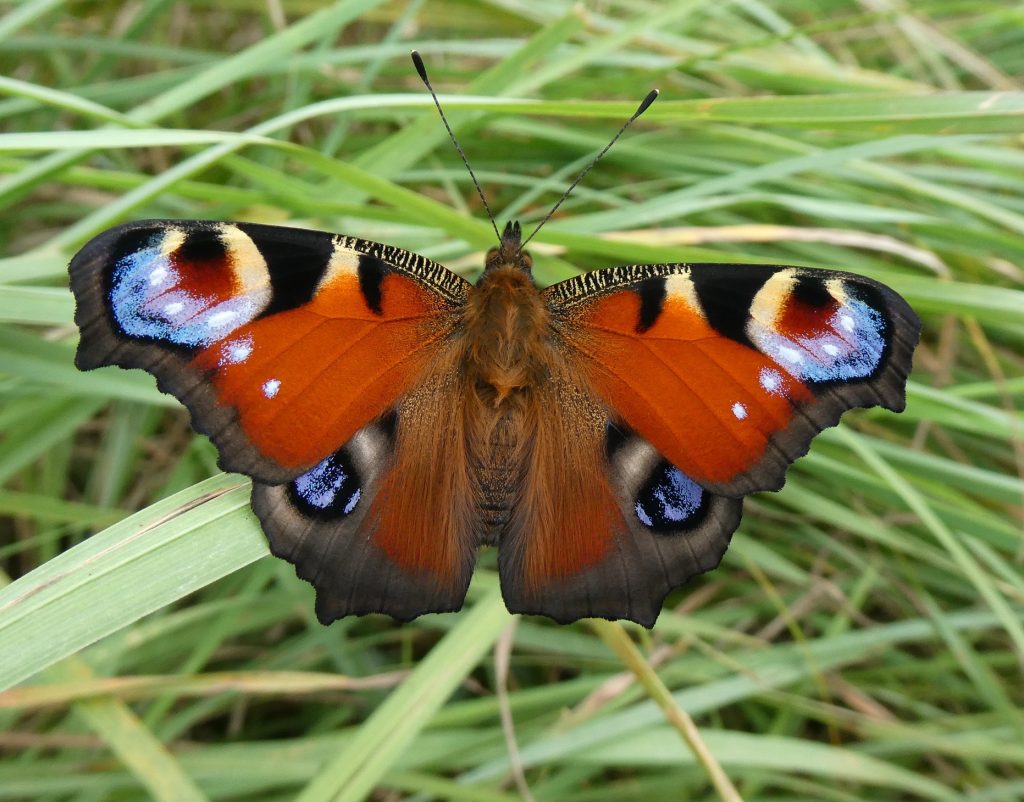
Regarding winter survival strategies our butterflies occupy three categories: the species that migrate south, species that overwinter as adult butterflies and those that pass the colder months in juvenile stages (egg, caterpillar, chrysalis). Four hibernate as adults: Brimstone, Small Tortoiseshell, Peacock and Comma, and these have been seen this spring. They return to rest when spring weather reverts to winter. These species are long-lived as adults and can play a longer game.
For the rest of our resident butterflies, carpe diem applies. Ireland’s spring butterflies are particularly adept at exploiting brief good weather to transact their life’s work. On 3 April Lisa Scarff saw her first butterflies of the year on the Sheep’s Head peninsula in West Cork: a Holly Blue and three Green Hairstreaks. Green-veined whites were reported on 31 March (Lullymore, Kildare) and 5 April (Marlay Park, Dublin). A Large White was seen on 31 March (Sutton, Dublin). The increasing day length added to milder temperatures tempted these out of their pupae. These emerge over several weeks, spreading the risk, so that some will appear at the right time.
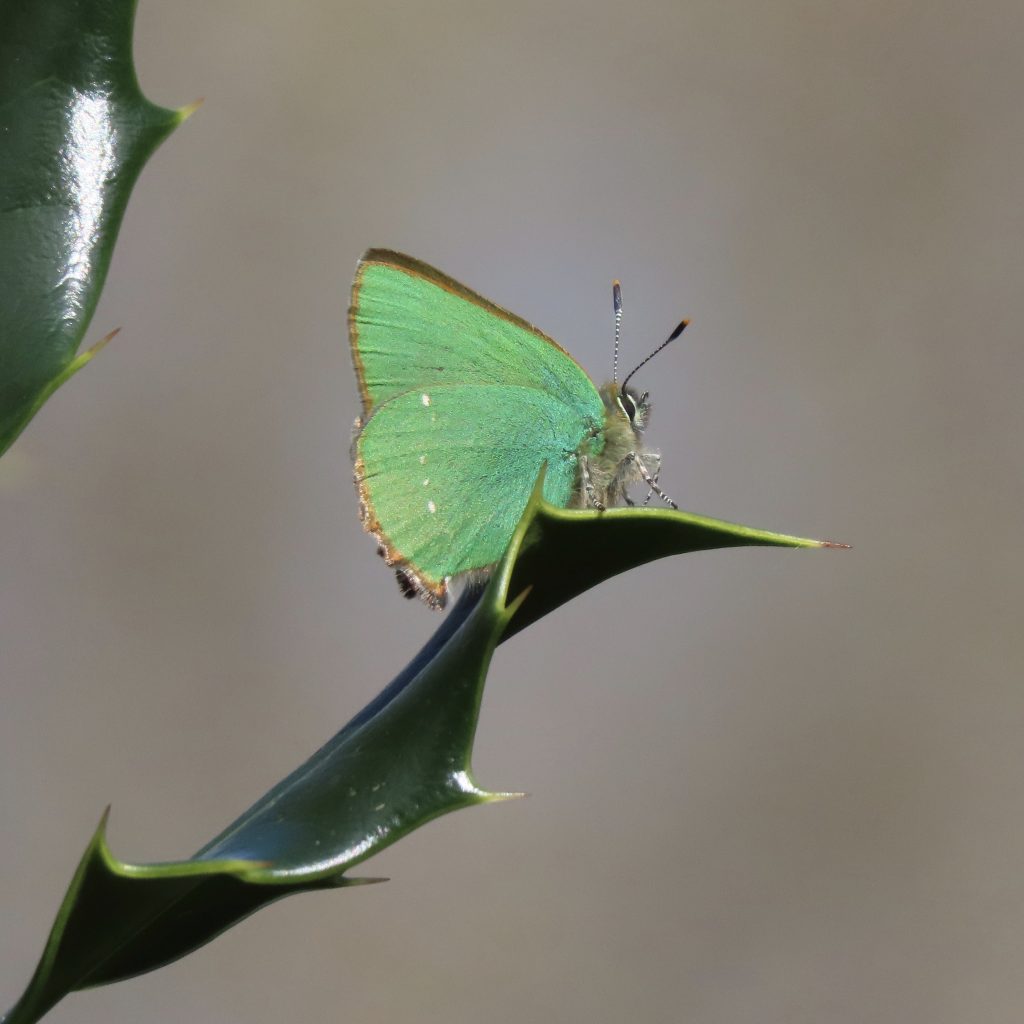
Another early spring butterfly, the Speckled Wood (unique in its ability to overwinter as a pupa or larva), is awaited. In 2023, the first Speckled Wood reported to Butterfly Conservation Ireland appeared on 30 March. Most of our spring butterflies are yet to emerge: Dingy Skipper, Cryptic Wood White, Small White, Orange-tip, Small Copper, and Wall Brown. As connoisseurs of butterfly beauty, you will be impatient to savour these delights. Of some delights, the delay makes the taste sweeter. Enjoy your butterfly recording in 2024: the weather will turn!
Records can be emailed to us at: conservation.butterfly@gmail.com
The information needed for a valid record is described at
Our 2024 records are here:
Jesmond’s book, The Irish Butterfly Book, is available in bookshops and by email jesmondmharding@gmail.com

